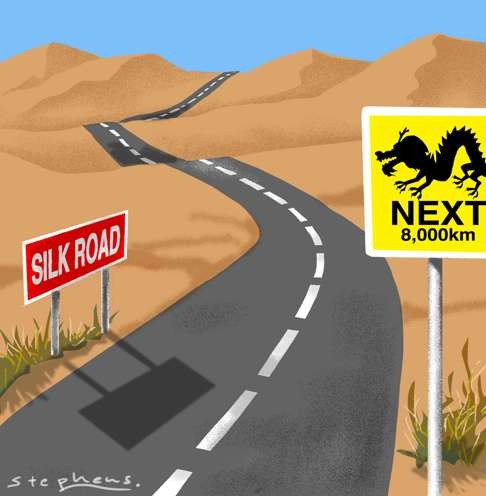
On the belt and road, the Chinese civilisation is on the march
Peter T. C. Chang says Beijing’s ambition to build a pan-Asian sphere of common prosperity will affect far more than the region’s economy, and it would be wise to watch out for the civilisational fault lines
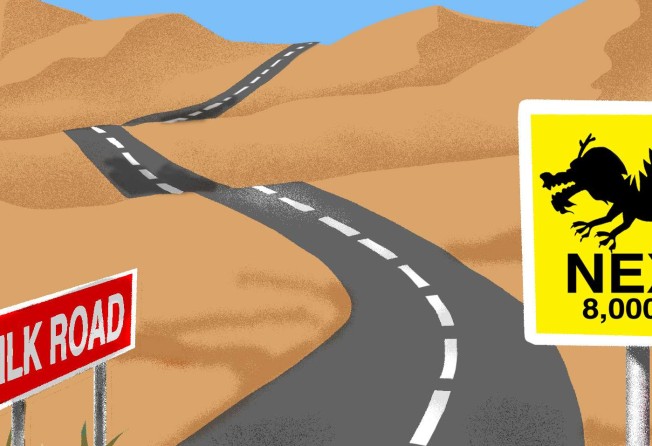

Retracing the ancient silk and spice trade routes, the belt and road seeks to reopen the economic corridors and re-energise the commercialism that once drew principalities near and far to the Middle Kingdom. Beijing’s endgame is to build a pan-Asian sphere of common prosperity, evoking both the celebrated adventures of Marco Polo and Zheng He’s expeditions, across the land and seas, all at once, this time deploying bullet trains and supertankers.
If actualised, the belt and road initiative will become an integrated economic zone unprecedented in scale, with the potential to positively affect a third of the world’s population, dwarfing America’s Marshall Plan, with which it has often been compared.
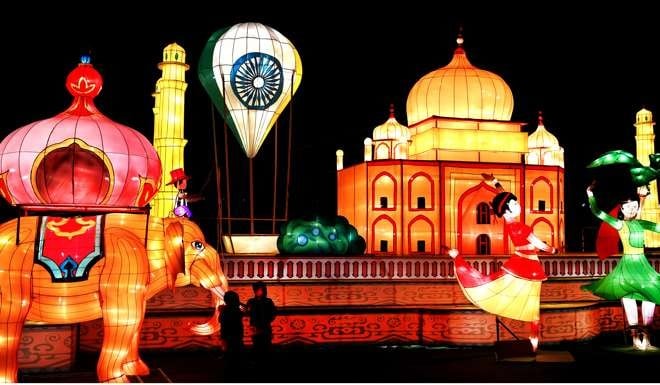
This grand vision may be seen as the magnification and internationalisation of Xi’s “Chinese Dream”, into an “Asian Dream”. To be sure, this is as much a dispensation of Chinese soft power as it is a projection of geopolitical sway, to restore China’s regional, if not global, pre-eminence. For some, the markings of a modern metamorphosis of ancient China’s tributary system are unmistakable, as Beijing reclaims the suzerain role, commanding deference and allegiance from the peripheral vassal states.
This grand vision may be seen as the internationalisation of Xi’s ‘Chinese Dream’, into an ‘Asian Dream’
Clearly, this geopolitical reconfiguration is not going unchallenged, not least by the incumbent superpower, America. The Obama administration’s “Pivot to Asia”, centred on the now abandoned Trans-Pacific Partnership free trade agreement, was the US containment strategy. And as the newly inaugurated Trump presidency flexes its muscles, this rebalancing of power could take on a military dimension; to wit, in the contested waters of the South China seas.
Not unexpectedly, a more assertive China is also causing discomfit among Asian member states. Adhering to the longstanding strategic policy of maintaining equidistance, Singapore, for example, is finding it increasingly difficult to stay above the fray. In the case of China’s next-door neighbour Myanmar, a proposed highway traversing the full length of the country, granting landlocked Yunnan (雲南) province direct access to the open seas, namely, the Bay of Bengal, has stirred apprehensions over issues of national security and sovereignty.
If unchecked, these concerns could prove to be detrimental to Beijing’s aspiration to engineer a pan-Asian commonwealth. Sure, Chinese leadership is vital but will this exact an incommensurate cost on self-governance and independence? Could the suzerain-vassal relationship become so lopsided as to compromise the latter’s autonomy?
Will a resurgent China, like the West, seek to impose its values and norms on the rest of the world?
These fears also extend into the cultural domain. Will a resurgent China, like the West, seek to impose its values and norms on the rest of the world? Lucian Pye, the American Sinologist, once mused that modern China is a civilisation pretending to be a state. Pye’s perceptivity draws attention to the distinct ethnic-cultural underpinnings of the Chinese world order, namely, Han Confucianism.
Indeed, as one of what German philosopher Karl Jaspers called the Axial Age traditions, the Confucians conceive themselves as champions of the Ways of Heaven, espousing principles that are universal, efficacious for all humankind. The present-day Confucius Institute project can be taken as contemporary China’s cultural outreach to the world at large. Critics, however, especially those in the West, have decried these state-sponsored institutions as Trojan horses propagating illiberal Chinese ideologies.
Disconcerted with the perceived misunderstanding of its motive, Beijing has reiterated its commitment to a peaceful rise and pursuit of a harmonious coexistence of all peoples and cultures. These reassurances notwithstanding, the situations on the ground remain complex and precarious. As it is, the belt and road initiative not only covers a vast geography but criss-crosses fragile civilisational terrains, which are laden with ethnic and cultural pitfalls.
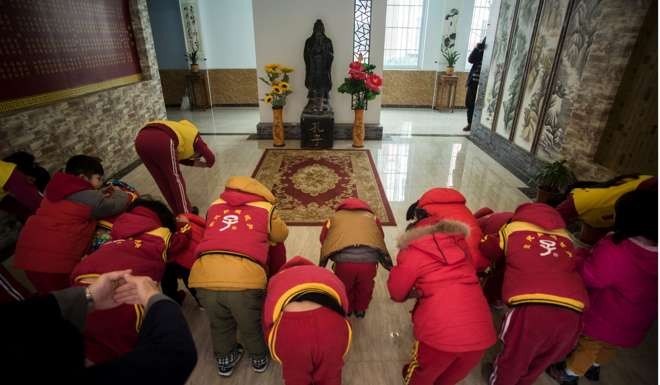
Along the Western frontier, the historical Silk Road, once beset by marauding bandits, is today vexed by brewing Islamic militancy. Then, at the opposite end along the eastern shores, deep-seated animosities between the Chinese and their Japanese and Vietnamese neighbours have often fomented fervid expressions of ethnic nationalism.
Though diplomatic ties are strong, the Sino-Malaysian alliance is not immune from the effects of this predicament. At the outset, China’s engagement with Malaysia, a predominantly Malay and Islamic country, calls for, at best, cross-cultural and interr-eligious acumen. This task is complicated by the presence of a sizeable Chinese minority in Malaysia, whose relationship with the Malay majority has at times been mired in antipathy. This edgy coexistence can have a bearing, in one way or another, on relations between Beijing and Kuala Lumpur.
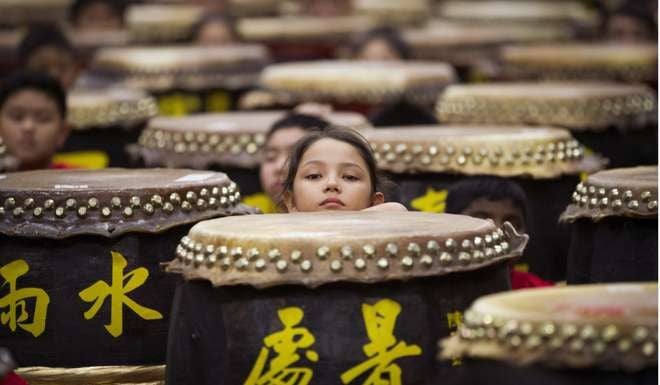
How China chooses to respond to overseas Chinese affairs in general, and those in Malaysia in particular, remains a delicate matter of international diplomacy and politics. Any overreach on the part of Beijing could have transnational repercussions, straining bilateral ties and undermining the belt and road initiative.
Though not beyond the bounds, Xi’s dream is an audacious one, with much at stake for both China and the rest of Asia
Indeed, spread across continental and maritime Asia are civilisational fault lines that could unravel China’s ambitious vision of common prosperity. That said, economic forces are not always subject to ethno-cultural vicissitudes. In some instances, the former can transcend and influence the latter, and Malaysia may be a case in point.
If administered judiciously, the current inflow of China’s capital can generate economic uplifts that could strengthen the fragile communal fabric in Malaysia. Needless to say, the converse is also true. China’s mercantilism, if ruthlessly pursued, could aggravate the already intricate Chinese-Malay race relations.
Primarily an economic master plan, China’s flagship belt and road initiative is also infused with geopolitical significance and civilisational ramifications. Though not beyond the bounds, Xi’s dream is an audacious one, with much at stake for both China and the rest of Asia. If successful, this grand vision could herald a golden era of prosperity and harmony, across Asia and beyond. Any missteps, however, could have a transnational fallout far exceeding mere economics, with reverberations rippling across the geopolitical and civilisational landscape.
Peter T. C. Chang is a senior lecturer at the Institute of China Studies, University of Malaya, Kuala Lumpur, Malaysia